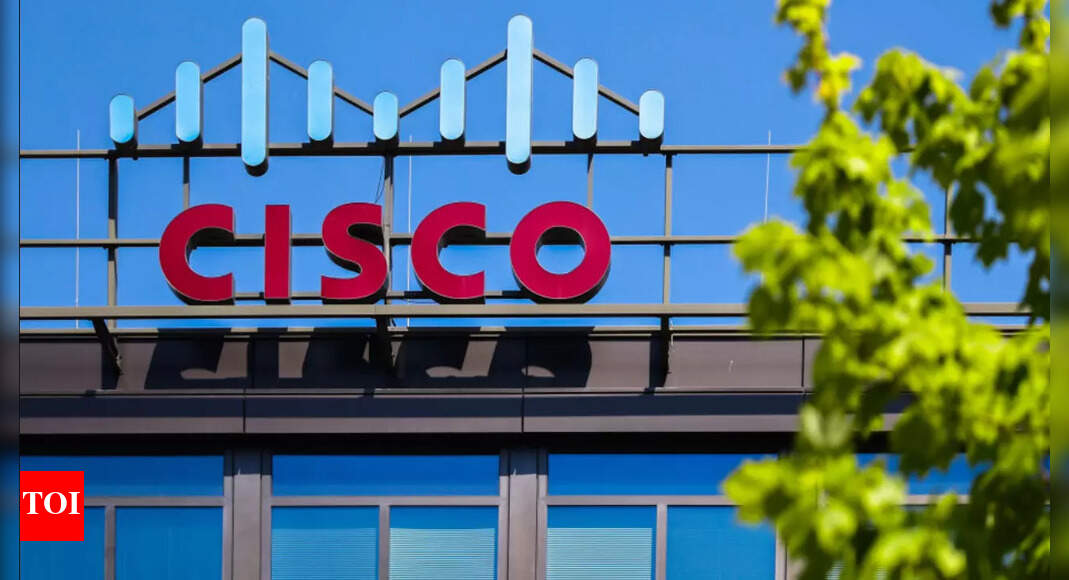Bajaj Finance vs Jio Financial Services: The quarterly results for the first quarter of the current financial year of Bajaj Finance and Jio Financial Services are now in the public domain. After the Q1 results 2025 of the Mukesh Ambani-owned upper-layer NBFC were announced on 17 July 2025, Bajaj Finance declared its Q1FY25 results on 24 July 2025. As both companies are fundamentally strong in the NBFC segment, long-term investors might feel confused after the announcement of their quarterly numbers.
According to stock market experts, both companies exhibit strong potential but have distinct profiles. Bajaj Finance demonstrates stability with a 22% growth in Net Interest Income (NII), while Jio Financial Services shows promising growth potential, with a 48% rise in consolidated total income. On one hand, Bajaj Finance is an attractive option for long-term investors seeking stability and reliability. On the other hand, Jio Financial Services is suitable for those willing to tolerate higher risk for greater rewards.
Bajaj Finance Q1 results 2025 review
Speaking on Bajaj Finance Q1 results 2025, Seema Srivastava, Senior Research Analyst at SMC Global Securities, said, “”Bajaj Finance demonstrates stability with a 22% growth in Net Interest Income (NII) to ₹10,227 crore, a 22% jump in consolidated net profit to ₹4,765 crore, and a 25% increase in Assets Under Management (AUM) to ₹4.42 lakh crore. Its customer franchise expanded by 21%, adding 4.69 million customers, underscoring its robust market presence. This consistent growth and established position make Bajaj Finance an attractive option for long-term investors seeking stability and reliability.”
Gaurav Goel, Founder & Director at Fynocrat Technologies, said, “Bajaj Finance posted a strong performance this quarter. Its assets under management (AUM) grew 25% compared to last year, and net profit rose by 22% to ₹4,765 crore. The company gave out 1.35 crore new loans and added 47 lakh new customers, continuing to lead the consumer lending space. Key financial metrics like Return on Assets (ROA) at 4.5% and Return on Equity (ROE) at 19% remain solid,” adding, “However, the company did see slightly higher credit losses in MSME and two-wheeler loans. To manage this, Bajaj is cutting down on riskier areas and investing in AI-based solutions to boost efficiency.”
Jio Financial Services Q1 results 2025 review
On Jio Financial Services’ Q1 2025 results, Seema Srivastava said, “Jio Financial Services shows promising growth potential, with a 48% rise in consolidated total income to ₹619 crore and a skyrocketing AUM for Jio Credit Limited to ₹11,665 crore. Its digital-first approach and innovative financial products position it for significant long-term growth.”
Decoding the Jio Financial Services Q1FY25 results, Gaurav Goel said, “Jio Financial Services is expanding rapidly, though it is still in the early stages. Its AUM grew sharply to ₹11,665 crore from just ₹217 crore a year ago, and its total income increased 48% to ₹619 crore. Backed by the Reliance Group, the company is building a complete financial platform that includes lending, payments, insurance, and mutual funds. Its recent joint venture with BlackRock gives it global expertise and makes its mutual fund offerings more credible. With a strong digital-first model and a physical presence in over 50,000 locations, Jio is aiming to make financial services more accessible across the country.”
Bajaj Finance vs Jio Financial Services: Which is better?
Comparing the fundamentals of two NBFCs, Seema Srivastava said, “Considering the long-term investment horizon, Bajaj Finance’s proven track record and stable growth trajectory might make it a more appealing choice for investors prioritising reliability. Jio Financial Services, with its high growth potential, could be suitable for those willing to tolerate higher risk for potentially greater rewards. Ultimately, Bajaj Finance appears to be the more prudent choice for long-term investment, while Jio Financial Services offers an alternative for those seeking aggressive growth.”
Both stocks suit different kinds of investors, Gaurav Goel said. “Bajaj Finance shares may appeal more to investors looking for steady and reliable earnings, while Jio Financial shares could attract those willing to take higher risk in hopes of long-term disruptive growth.”
Bajaj Finance share price: Technical chart
On what does the technical chart of Bajaj Finance shares say? Ganesh Dongre, Senior Manager of Technical Research at Anand Rathi, said, ”Bajaj Finance share price (BAJFINANCE) has already approached the 1.618 Fibonacci extension level measured from its March low, effectively meeting its projected technical targets. With the stock trading near a key extended resistance zone, the immediate upside appears limited, suggesting that it may not offer a favourable entry point for fresh positions at current levels. However, the stock continues to respect its long-term upward trendline on the monthly chart, indicating that the broader bullish structure remains intact. Given this context, investors may consider a “buy on dips ” strategy, with potential accumulation opportunities emerging below ₹900. A stop loss can be placed at ₹840 to manage downside risk, while the upside target remains around ₹970, offering a balanced risk-reward setup for medium-term investors.”
Jio Financial Services share price: Technical chart
On what does the technical chart of Jio Financial Services shares say? Ganesh Dongre of Anand Rathi said, “JIO Financial Services share price (JIOFIN) has recently witnessed a significant trendline breakout on the monthly chart, particularly above the ₹280 level, indicating strong potential for an upward move. This breakout is visible on both the weekly and monthly timeframes, reflecting robust bullish sentiment and a shift in market structure. In the short term, technical indicators such as the Relative Strength Index (RSI) show notable strength, further supporting the positive outlook.”
Given this setup, traders and investors may consider adopting a “buy on dips” approach, especially around the ₹290 to ₹310 zone, now a crucial support area. This level offers an attractive entry point and a favourable risk-reward opportunity for medium to long-term gains. Investors can look to hold or accumulate the stock with a stop loss at ₹270, while targeting an upside potential towards ₹370,” Dongre concluded.
Disclaimer: The views and recommendations made above are those of individual analysts or broking companies, and not of Mint. We advise investors to check with certified experts before making any investment decisions.





